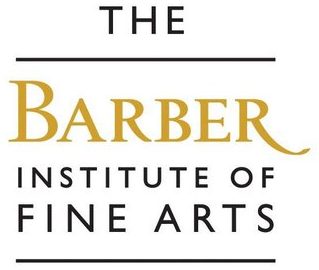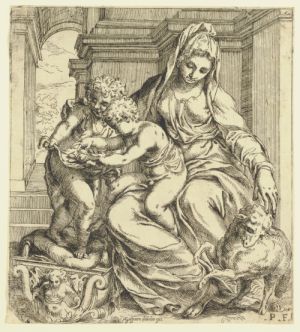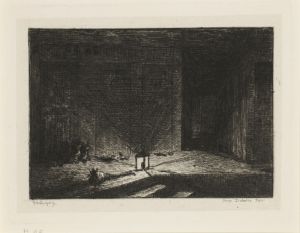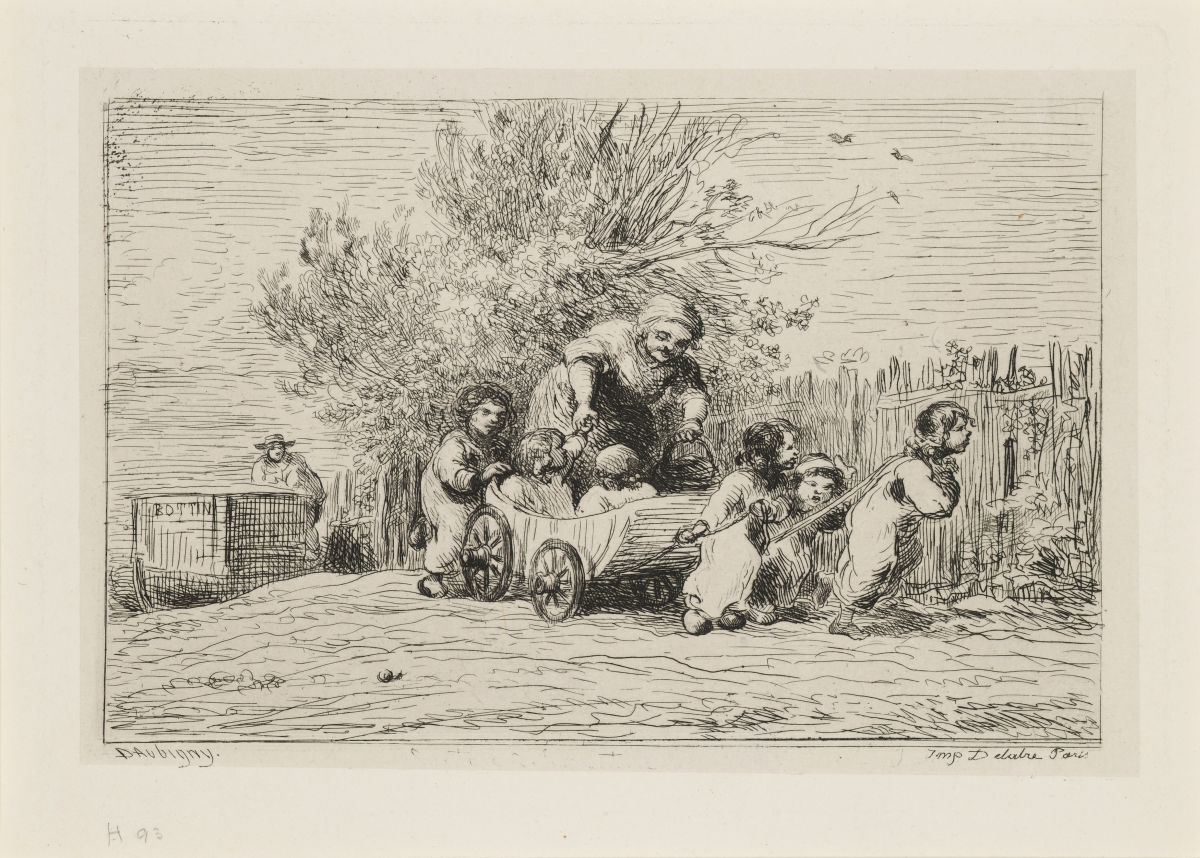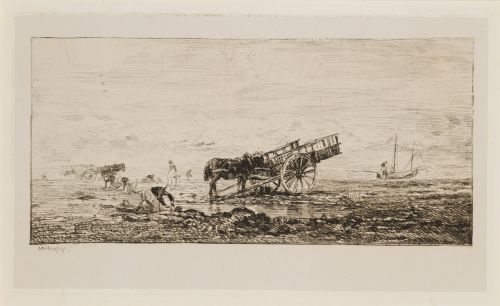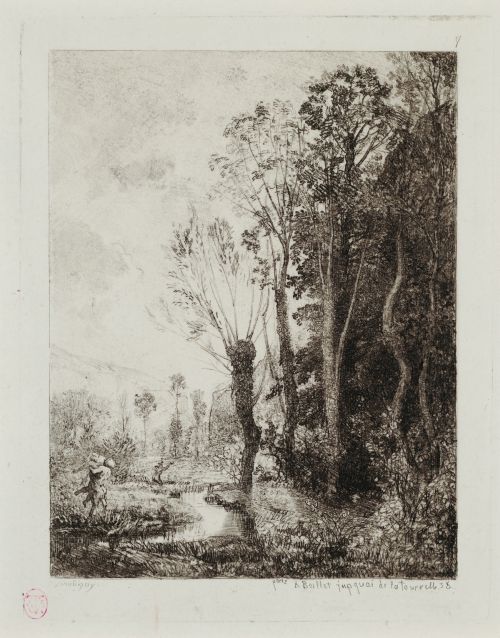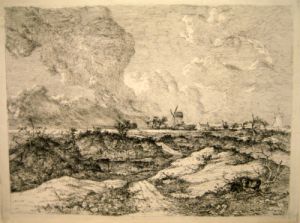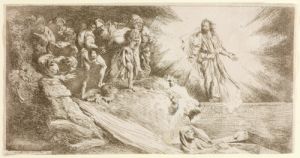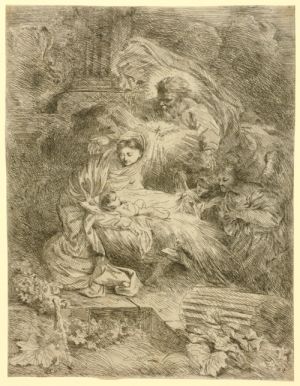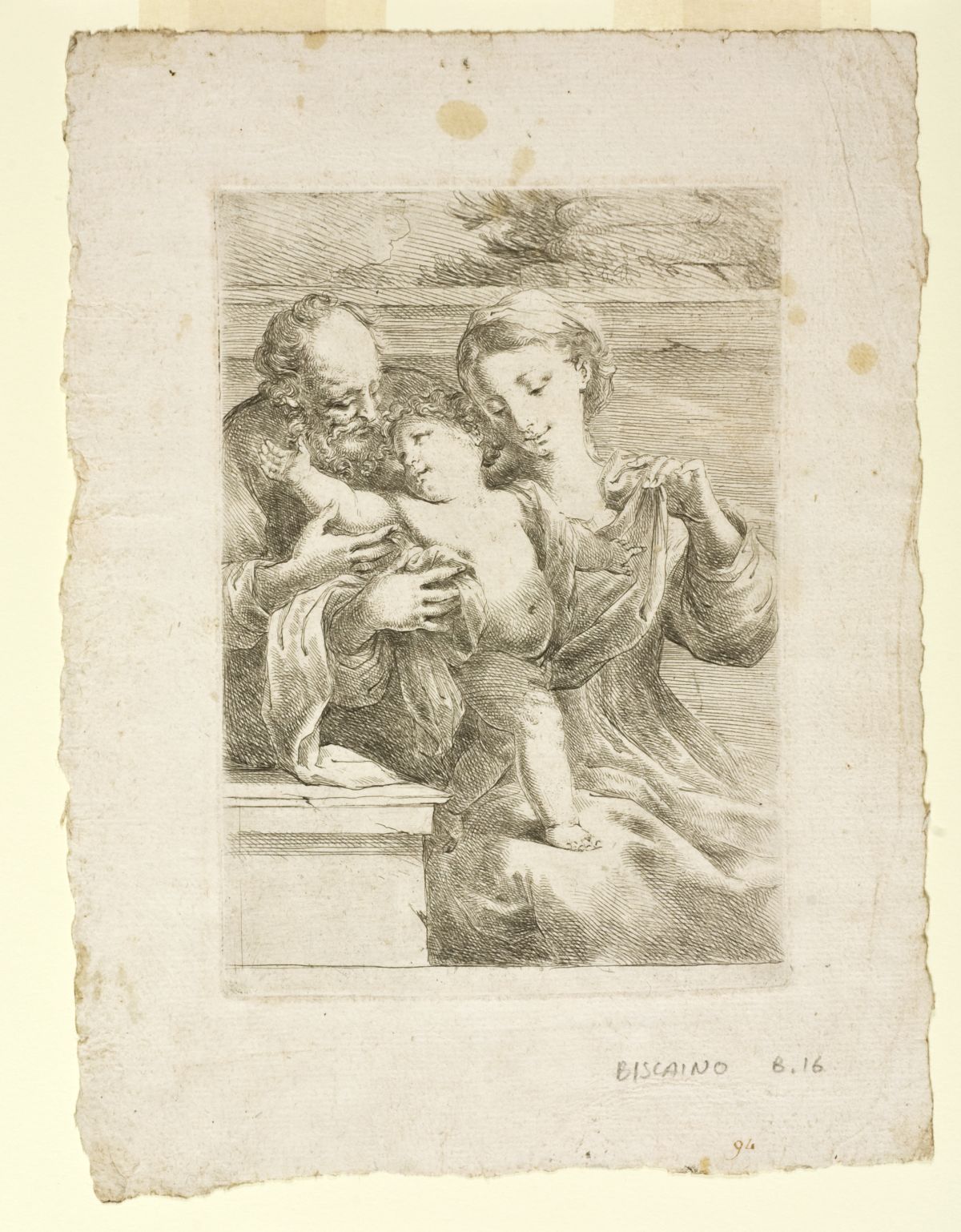Orazio Farinati (1559 – after 1616)
Orazio Farinat The Madonna and Child with St John the Baptist Verona, about 1583 Etching Paper: 248 x 223 mm; mount: 557 x 403 mm This popular devotional grouping of the Madonna and the infant Jesus and St John the Baptist is intended to depict the cousins’ reunion in Egypt, after John was carried to … Read more
